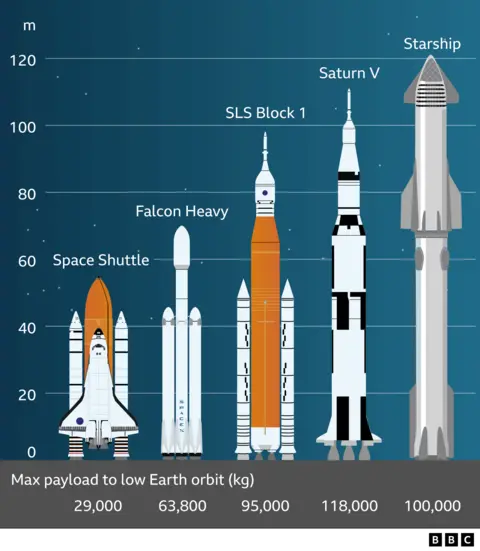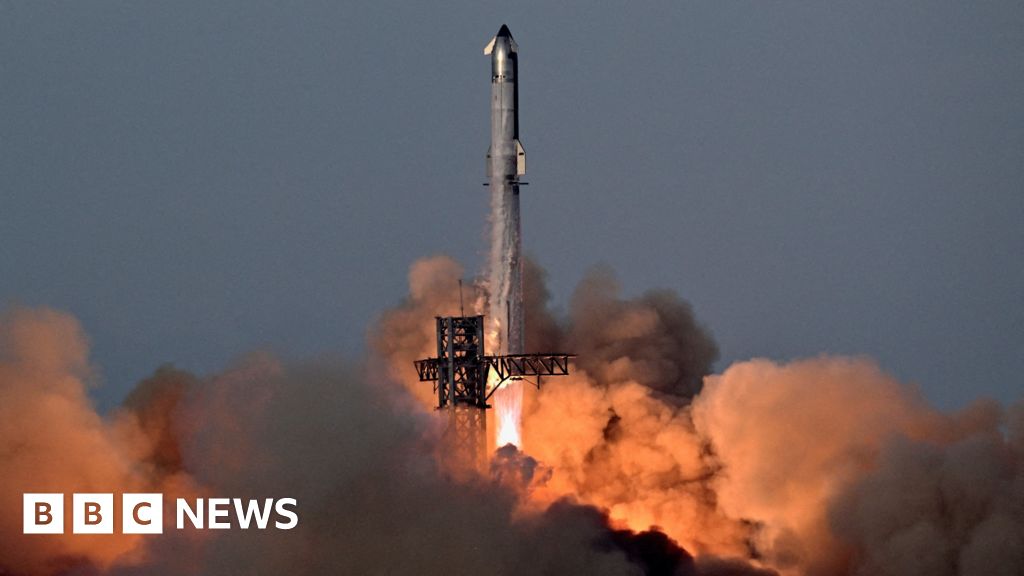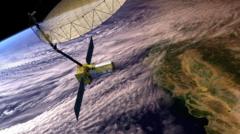CAPE CANAVERAL, Fla. (AP) — Blue Origin’s New Glenn rocket successfully launched on Thursday with a pair of NASA spacecraft, known as Escapade, that are headed for Mars. This marks the rocket's second flight and a significant step in its goal to support future lunar and Martian missions.
The New Glenn, stretching 321 feet (98 meters), lifted off under clear skies from Cape Canaveral Space Force Station after a four-day delay caused by adverse weather conditions and solar storms that led to auroras visible in southern states. The dual Mars orbiters are set to embark on an extended mission to analyze the planet’s atmosphere, aiming to provide valuable insights into how Mars transitioned from a potentially habitable environment to its current desolate state.
In a breakthrough achievement, Blue Origin successfully recovered the rocket’s first-stage booster after its separation, a crucial step toward achieving cost reductions in space travel comparable to those of SpaceX. The team erupted in applause as the booster successfully landed upright on a barge located 375 miles (600 kilometers) offshore. Jeff Bezos, the founder of Blue Origin, watched the historic moment unfold from Launch Control.
“Next stop, moon!” chanted the employees following the successful landing.
The twin Mars orbiters are expected to linger near Earth for about a year, stationed approximately one million miles (1.5 million kilometers) away while they await the optimal alignment with Mars for a gravity assist, allowing them to head to the red planet by 2027.
Once they commence their journey around Mars, the spacecraft will investigate the upper atmosphere and cosmic interactions while providing unprecedented stereo imaging of the Martian environment.
This mission boasts a budget-friendly approach, costing under $80 million, and is managed by UC Berkeley. NASA capitalized on the opportunity to use one of New Glenn’s early flights, despite the initial plan to launch last fall being delayed.
The New Glenn, which is named in honor of the first American to orbit the Earth, John Glenn, is significantly larger than Blue Origin’s New Shepard rockets, which have been transporting private customers to the outskirts of space. Blue Origin plans to use the New Glenn for several more missions, including testing a lunar lander prototype in the near future.
Despite facing stiff competition from SpaceX for NASA’s crewed lunar landings in the Artemis program, Blue Origin is committed to demonstrating its capabilities. NASA has indicated it plans to resume crewed moon landings, reinforcing the need for a reliable launch partner in space exploration.


















